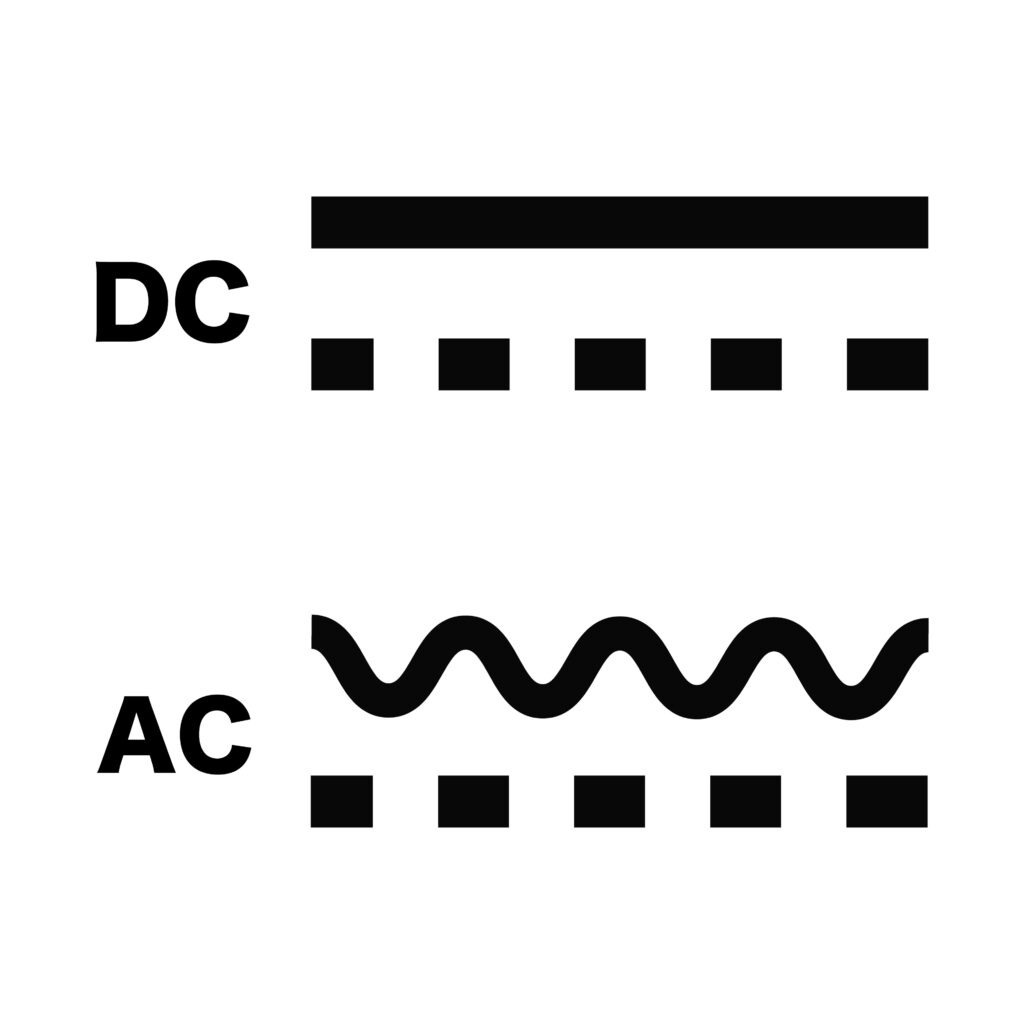DC motor or AC motor? How to choose between these two types of electric motor?
The fundamental difference between the two types of electric motor is first of all the type of power supply: the DC motor is a single-phase direct current motor, while the AC motor is a single-phase or three-phase alternating current motor.

The DC motor is widely used both for applications that require small powers, such as appliances for domestic use, and for applications with powers up of many kW, such as railway and marine tractions.
The DC motor is also suitable for applications requiring high precision such as industrial robots and machine tools.
The AC motor, on the other hand, is the most common in the industry and is suitable for applications where continuous movements must be carried out with few speed changes and where positioning is not necessary, such as conveyor belts, pumps, fans, etc.
These two types of electric motors also differ from each other in the speed they can reach.
The AC motor is able to reach a higher rotation speed than the DC motor, this is because in the AC motor the speed is controlled by varying the current in the motor, while in the DC motor the speed is controlled by varying the frequency, (usually by means of a frequency converter).
Advantages of an AC motor:
the AC motor has several advantages over the DC motor:
- cheaper as it consumes less in the start-up phase;
- requires little maintenance;
- simpler structure;
- more robust and resistant;
- less subject to wear;
- more suitable for applications requiring high power.
Synchronous and asynchronous motors belong to the group of AC motors.
Advantages of a DC motor:
- ease of installation, even in mobile systems (battery powered);
- more precise
- speed control by varying the power supply voltage;
- high torque;
- greater speed in starting, stopping, accelerating and reversing.
- The group of direct current motors includes brushless motors and brushed motors.